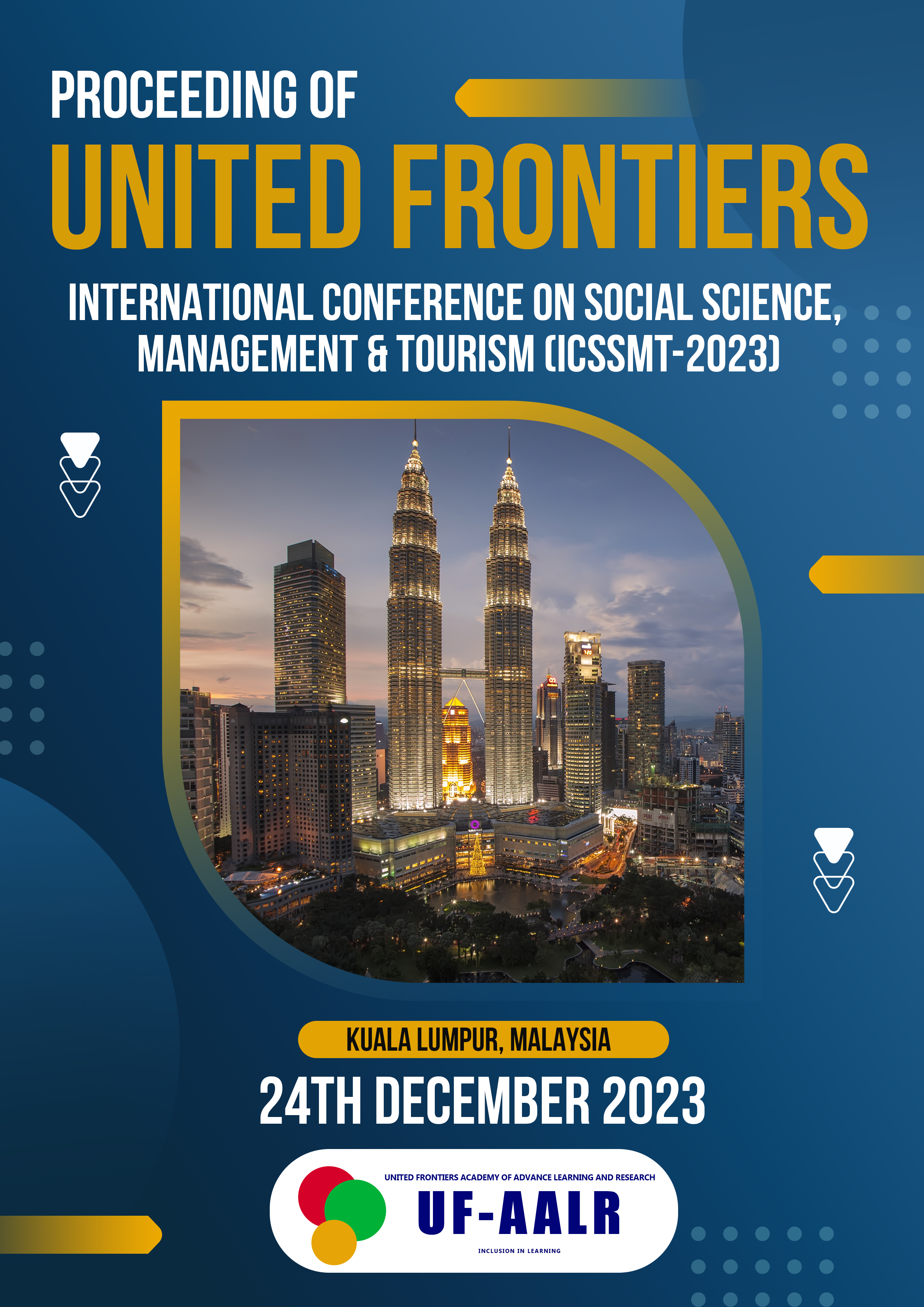Assessing the Impact of TikTok on Self-Efficacy for Enhancing English Speaking Skills
DOI:
https://doi.org/10.56868/ufcp.v2i1.30Keywords:
Higher Education, ESL Students, TikTok, Self-efficacy, English Speaking ProficiencyAbstract
Chinese higher education ESL students view TikTok as a valuable digital resource for enhancing English proficiency due to its authentic, informative, flexible, accessible, and cost-effective content. This study explores the impact of TikTok on self-efficacy among college students in China, specifically focusing on oral communication skills. Using a quantitative research design, data is collected through surveys analyzed by SPSS 26 and PLS-SEM, along with language proficiency assessments. The study targets college students aged 17 to 22 enrolled in English courses at a specific college in Guangzhou, China, with 259 participants selected through purposive sampling. The results demonstrate a substantial direct influence of both the perception of usefulness and the preference for using TikTok on self-efficacy towards the use of TikTok. Furthermore, the relationship between the perception of usefulness and the preference for using TikTok is notably mediated through the sequential effects of self-efficacy towards the use of TikTok. These findings suggest a complex interplay, highlighting the importance of self-efficacy as a mediator in the relationship between perceived usefulness, preference for use, and overall proficiency in utilizing TikTok. In conclusion, educators play a vital role in guiding students to effectively use TikTok as an educational tool. Providing strategies for critically assessing content credibility and offering additional support can enhance TikTok's credibility as a trusted resource for language acquisition, empowering students to leverage its full potential for improving speaking skills.
Downloads
Published
How to Cite
Issue
Section
License
Copyright (c) 2024 Jiawen Yu, Sheiladevi Sukumaran, Xinxiang Gao, Yidan Hu, Hua Xia

This work is licensed under a Creative Commons Attribution 4.0 International License.





